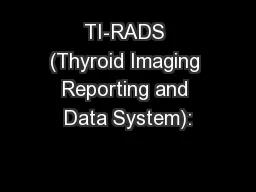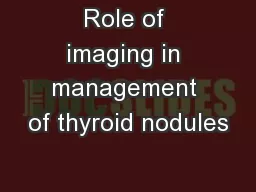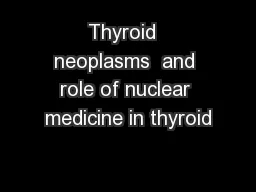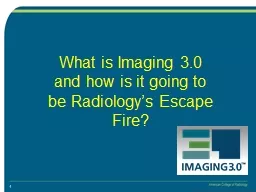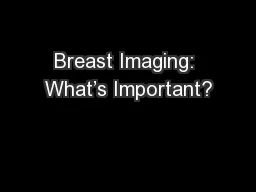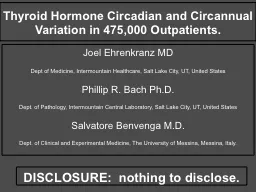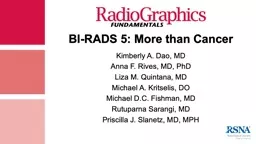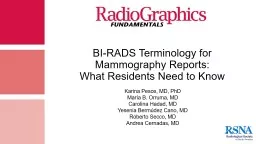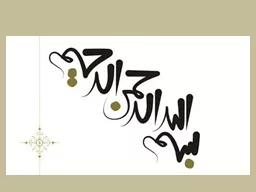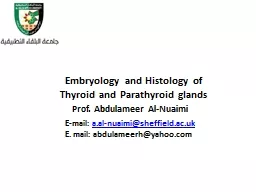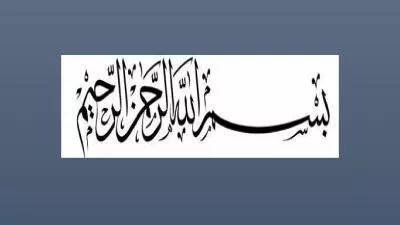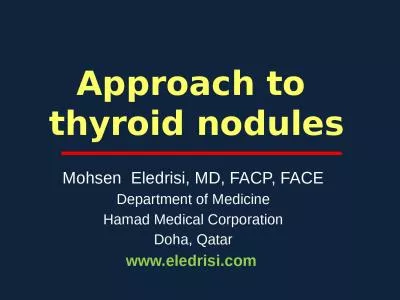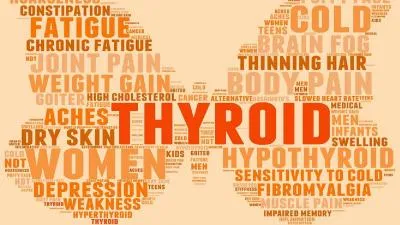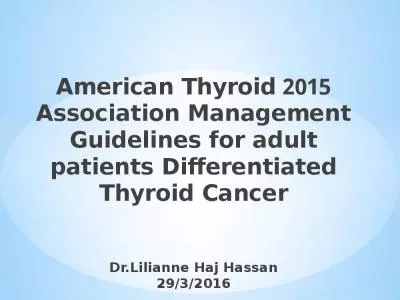PPT-TI-RADS (Thyroid Imaging Reporting and Data System):
Author : myesha-ticknor | Published Date : 2016-06-06
Are We There Yet Sergiy V Kushchayev Aliaksei L Salei Oleg M Teytelboym Department of Radiology Mercy Catholic Medical Center Darby PA Thyroid Nodule
Presentation Embed Code
Download Presentation
Download Presentation The PPT/PDF document "TI-RADS (Thyroid Imaging Reporting and D..." is the property of its rightful owner. Permission is granted to download and print the materials on this website for personal, non-commercial use only, and to display it on your personal computer provided you do not modify the materials and that you retain all copyright notices contained in the materials. By downloading content from our website, you accept the terms of this agreement.
TI-RADS (Thyroid Imaging Reporting and Data System):: Transcript
Download Rules Of Document
"TI-RADS (Thyroid Imaging Reporting and Data System):"The content belongs to its owner. You may download and print it for personal use, without modification, and keep all copyright notices. By downloading, you agree to these terms.
Related Documents

